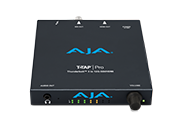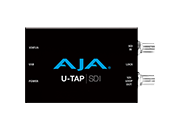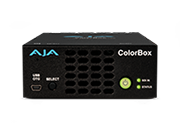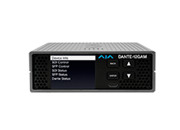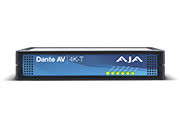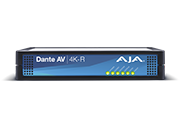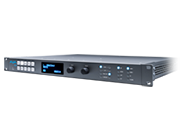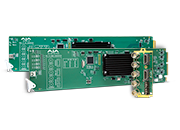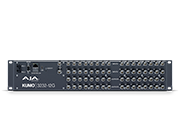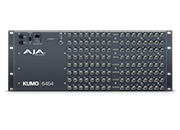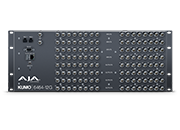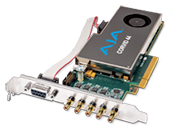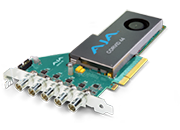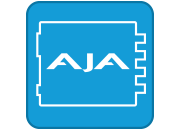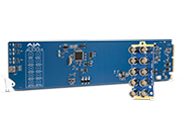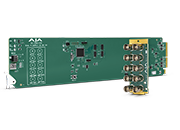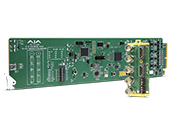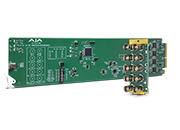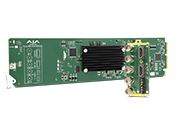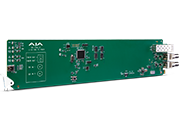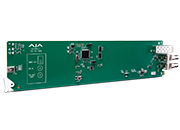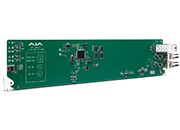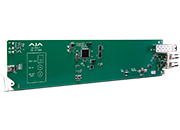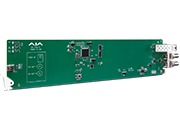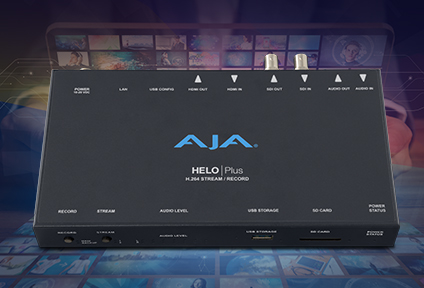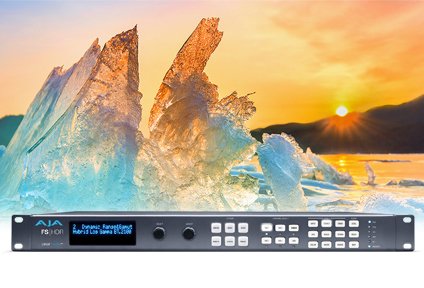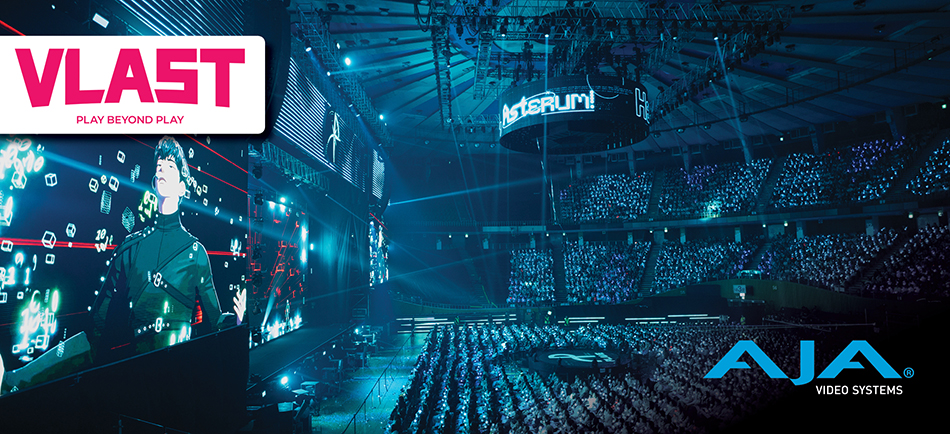VLAST on Leveraging SRT to Broaden Reach of Virtual Live Stream K-pop Performances
March 27, 2025
Virtual idols are revolutionizing entertainment in South Korea and poised to break out overseas. They sing, dance, and interact with audiences, and lead a market projected to grow at 18.5% a year through 2030. Recognizing the potential of virtual idols, South Korean entertainment agency VLAST is a pioneer in the field, having created the K-pop group PLAVE. The history-making band is the first virtual act to top a popular music chart show in South Korea and has performed two live concerts for thousands of fans. To learn more about these ground-breaking achievements and the technology behind them, we caught up with VLAST CTO Lee Hyun-Woo.
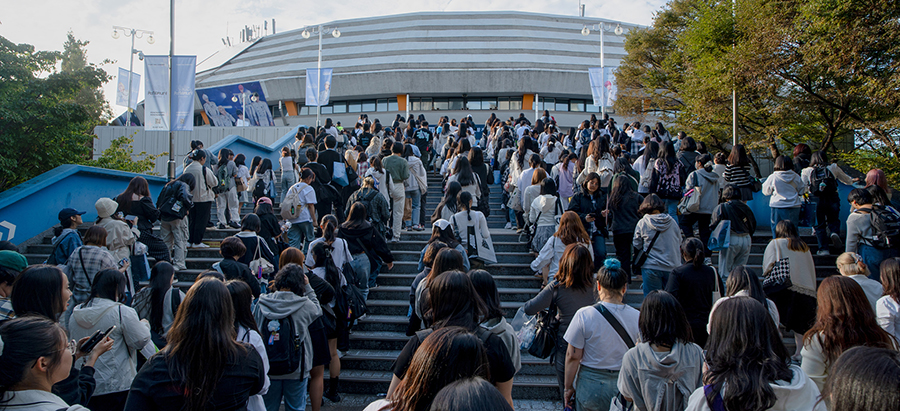
What is VLAST all about?
We follow the vision of ‘Play Beyond Play’ to merge advanced virtual technology with traditional content to create a new form of virtual IP that enables real-time interaction and opens new entertainment horizons. VLAST’s innovation is not limited to technology; we also foster an environment that encourages artist and employee creativity.
Tell us more about PLAVE and its successes to date.
PLAVE is a five-member virtual band. All members actively participate in writing, composing, and choreographing their songs. A combination of 'Play' and 'Rêve' (Dream), PLAVE signifies their journey to create a world to fulfill their dreams. They capitalize on their virtual identity with incredible stage performances impossible in real-world settings.
PLAVE’s debut album, ‘ASTERUM: The Shape of Things to Come,’ released on March 12, 2023, and sold 203,000 copies. Their third mini album, ‘Caligo Pt.1,’ achieved impressive sales of 1,030,000 copies in its first week. The band has already set records in the virtual idol realm, including achieving first place on music shows, headlining solo concerts, becoming the fastest artist to enter the Melon Billions Club, and winning two awards at the Melon Music Awards (MMA).
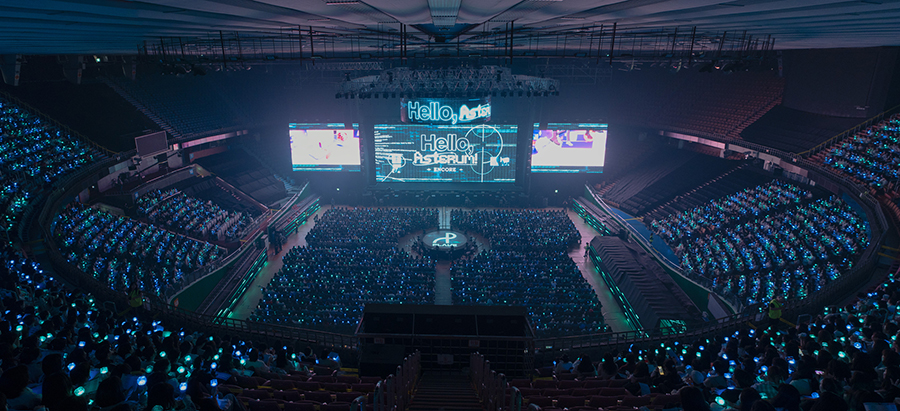
How do you stream a concert with virtual talent?
We use an NDI system to enhance the efficiency of our production process, which involves high-performance workstations and graphics programs for virtual content creation. With the NDI protocol enabling the transmission of video and audio sources over IP, we’re able to reduce the burden of SDI cabling and significantly simplify the process of sharing sources among operators.
Additionally, NDI tools allow us to easily transmit ordinary PC screen feeds as NDI signals for real-time content distribution between various devices and systems without complex connections. We can easily monitor other NDI signals, improving workflow efficiency. Regardless of the hardware output method of each device (i.e., SDI, HDMI, or SFP+), we can transmit and use signals from devices with a single LAN cable, streamlining operations.

We primarily live stream on YouTube, but we’re testing SRT transmission to take PLAVE and other virtual experiences to a broader audience. SRT enables real-time transmission of high-quality video with low latency, maintaining the same image quality on the LED screen while significantly reducing costs compared to optical transmission. We first experimented with it for PLAVE's 'Hello, Asterum!' ENCORE concert, held in October at Chamsil Indoor Stadium in Seoul. We needed to transmit two 4K 30p sources to the on-site LED screen. In the past, we would have used a dedicated line for optical transmission, but it came at a high cost and operational burden.
While all primary sources for this concert used NDI, the final output equipment was configured based on 12G-SDI. The main and PGM sources (HDMI Out) from the production PC were input into HA5-12G and Hi5-12G to support conversion between 12G-SDI and HDMI 2.0; AJA 12G-AMA cards facilitated analog audio embedding/disembedding. Having these solutions in place minimized conversion issues, ensured compatibility with various systems we used, and made setup so easy.
We then connected the HDMI output to a PC monitor, and the SDI output was input to the AJA KUMO 1616-12G router, configured to distribute the main and PGM sources to a primary/backup AJA BRIDGE LIVE for SRT transmission. KUMO’s support of 12G-SDI signals combined with BRIDGE LIVE enabled seamless distribution of high-quality video. The router provided stability, while its web UI simplified configuration of multiple inputs and outputs. BRIDGE LIVE enabled us to simultaneously encode two channels of 4K 30p sources in SRT format and immediately receive confidence monitoring of the transmitted SRT signal back to SDI while minimizing image degradation to ensure that full 4K picture quality was delivered.
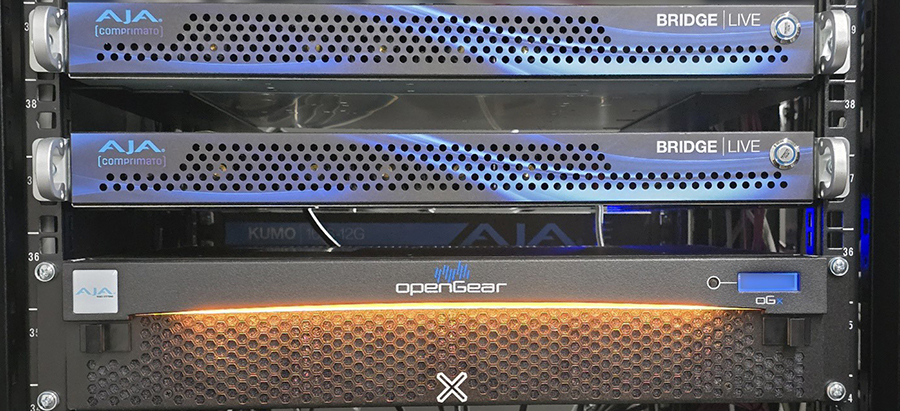
What were your main priorities when building the system?
Our primary focus when building our latest broadcast system was flexibility. We aimed to design a system that could quickly respond to various environments and live scenarios, improving speed of transmission while reducing costs. Implementing BRIDGE LIVE has significantly transformed our approach. We’ve seen a notable change with a substantial reduction in costs compared to the setup we previously used; we’ve freed up significant resources that we can instead invest in production equipment. Additionally, BRIDGE LIVE has enabled us to transmit HD video with low latency, resulting in far smoother and more stable broadcasts. Consequently, we can deliver higher-quality concerts with a more immersive experience, which is what our audience expects. Also, the ability to remotely control BRIDGE LIVE through the web UI is very helpful.
About AJA BRIDGE LIVE
BRIDGE LIVE is a broadcast quality, low latency turnkey system for REMI, Synchronous Multi-Channel Video Contribution, Remote Collaboration, Direct to Audience Streaming, and Multi Bit Rate/Format Delivery. BRIDGE LIVE was developed as a collaboration between AJA and Comprimato to deliver the performance, reliability, and ease of use needed for critical live encode, decode, or transcode needs. www.aja.com/bridge-live
About AJA KUMO Routers
KUMO routers provide a convenient, dense routing solution in a lightweight, compact form factor for use in facilities, OB trucks, post suites, and more. Available in multiple connector densities, and in 3G-SDI and 12G-SDI options, KUMO is easy to update, configure, and control with optional Control Panels for quick physical access to source and destination routing, with convenient USB ports for IP configuration, plus all models offer integrated web browser access over the built-in Ethernet connection. KUMO 1616-12G and KUMO 3232-12G routers enable 4K and UltraHD routing on a single BNC for rates up to 12G. https://www.aja.com/family/routers
About AJA Video Systems
Since 1993, AJA Video Systems has been a leading manufacturer of cutting-edge technology for the broadcast, cinema, proAV, and post production markets. The company develops a range of powerful, flexible video interface and conversion technologies, digital video recording solutions, and color management, streaming, and remote production tools. All AJA products are designed and manufactured at our facilities in Grass Valley, California, and sold through an extensive sales channel of resellers and systems integrators around the world. For further information, please see our website at www.aja.com.
All trademarks and copyrights are the property of their respective owners.
Media Contact:
Katie Weinberg
Raz Public Relations, LLC
310-450-1482, aja@razpr.com
 Mini-Converters
Mini-Converters
 Digital Recorders
Digital Recorders
 Mobile I/O
Mobile I/O
 Desktop I/O
Desktop I/O
 Color
Color
 Streaming
Streaming
 AJA Diskover ME
AJA Diskover ME
 IP Video/Audio
IP Video/Audio
 Frame Sync
Frame Sync
 openGear
openGear
 Routers
Routers
 Recording Media
Recording Media
 Developer
Developer
 Software
Software













